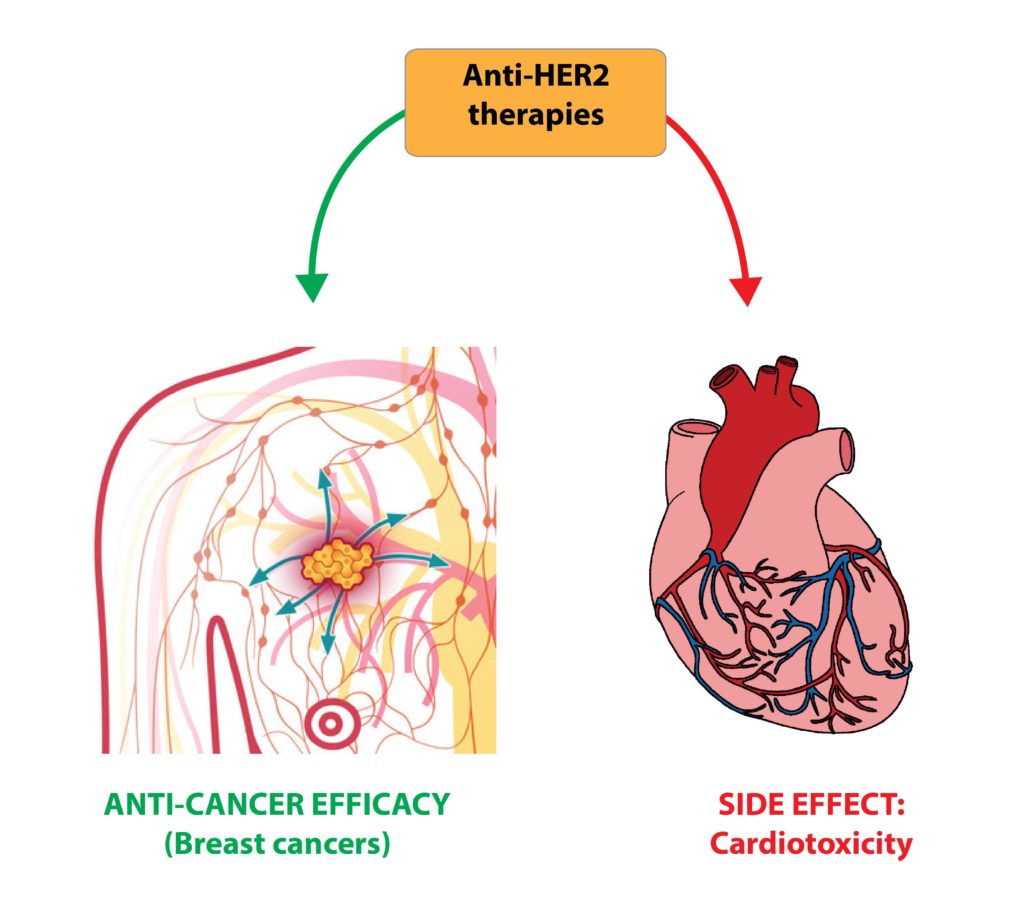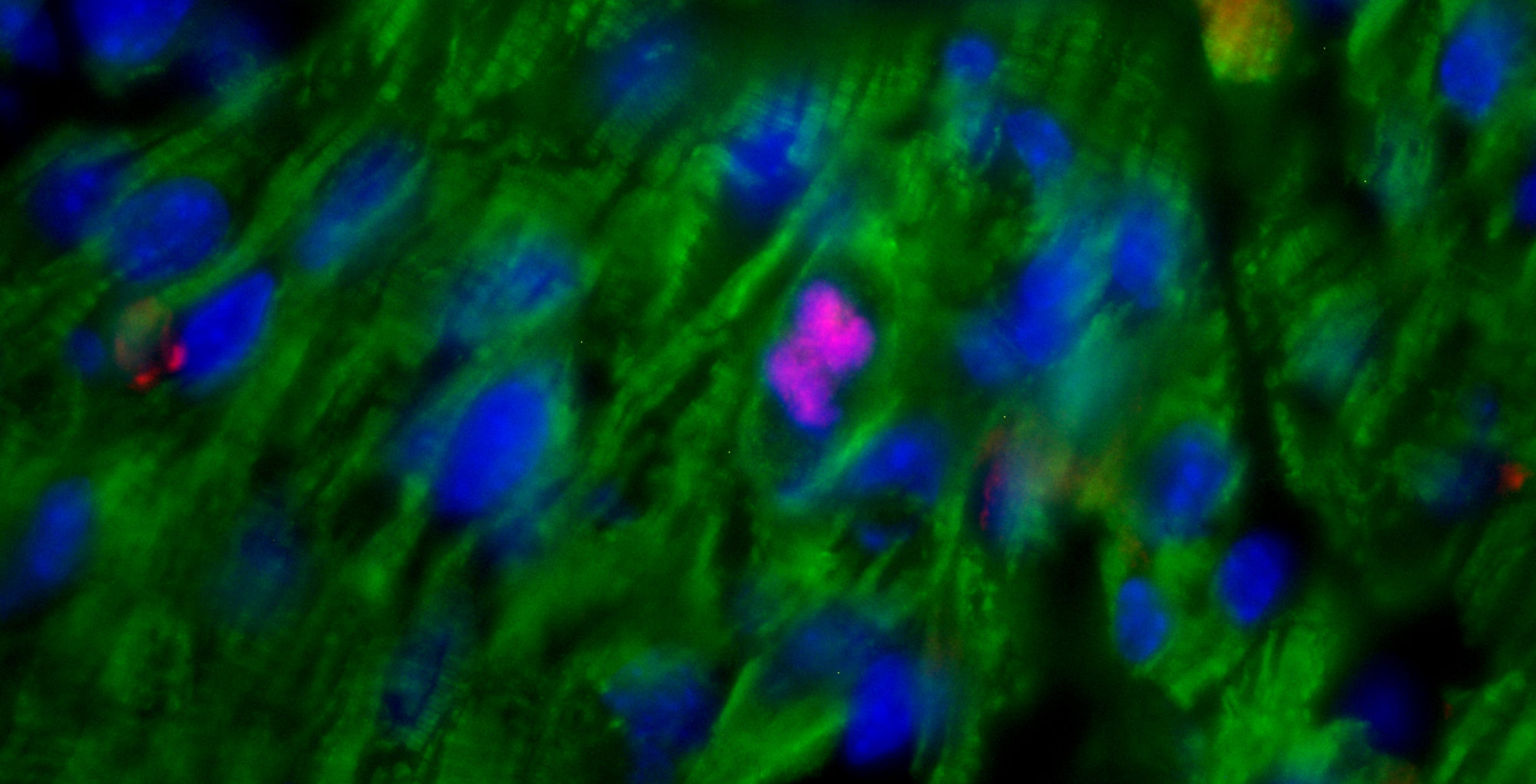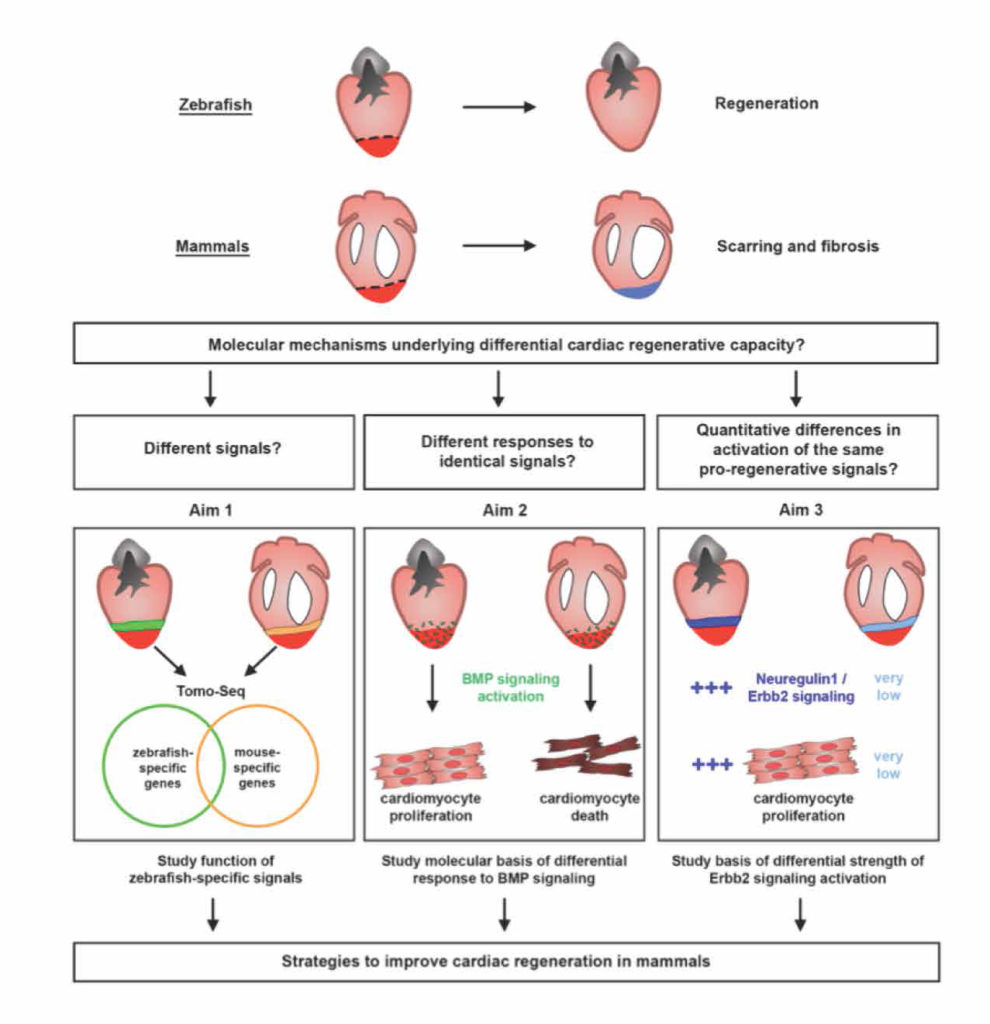We have just received very good news: we won the research grant “Cariplo – Young Researchers“.
This grant will allow us, in parallel to ongoing studies in the field of cardiac regeneration following a heart attack, to expand our research on cancer and the emerging problem of cardiotoxicity of anticancer therapies.
Cardiotoxicity, i.e. toxic effects on heart function, is responsible for a poor quality of life and reduced survival of cancer patients, regardless of the oncologic prognosis. The aim of our research is to develop innovative strategies to limit these side effects while increasing the efficacy of anti-cancer therapies targeting HER2 (a well-known oncogene also known as ERBB2) in breast cancer patients.
The project is in collaboration with the University of Bologna and Biomedical Research Foundation / University of Turin.
These funds will also give us the opportunity to recruit another researcher into my team. Soon we will post the details.
Happy 2018 to everyone!


